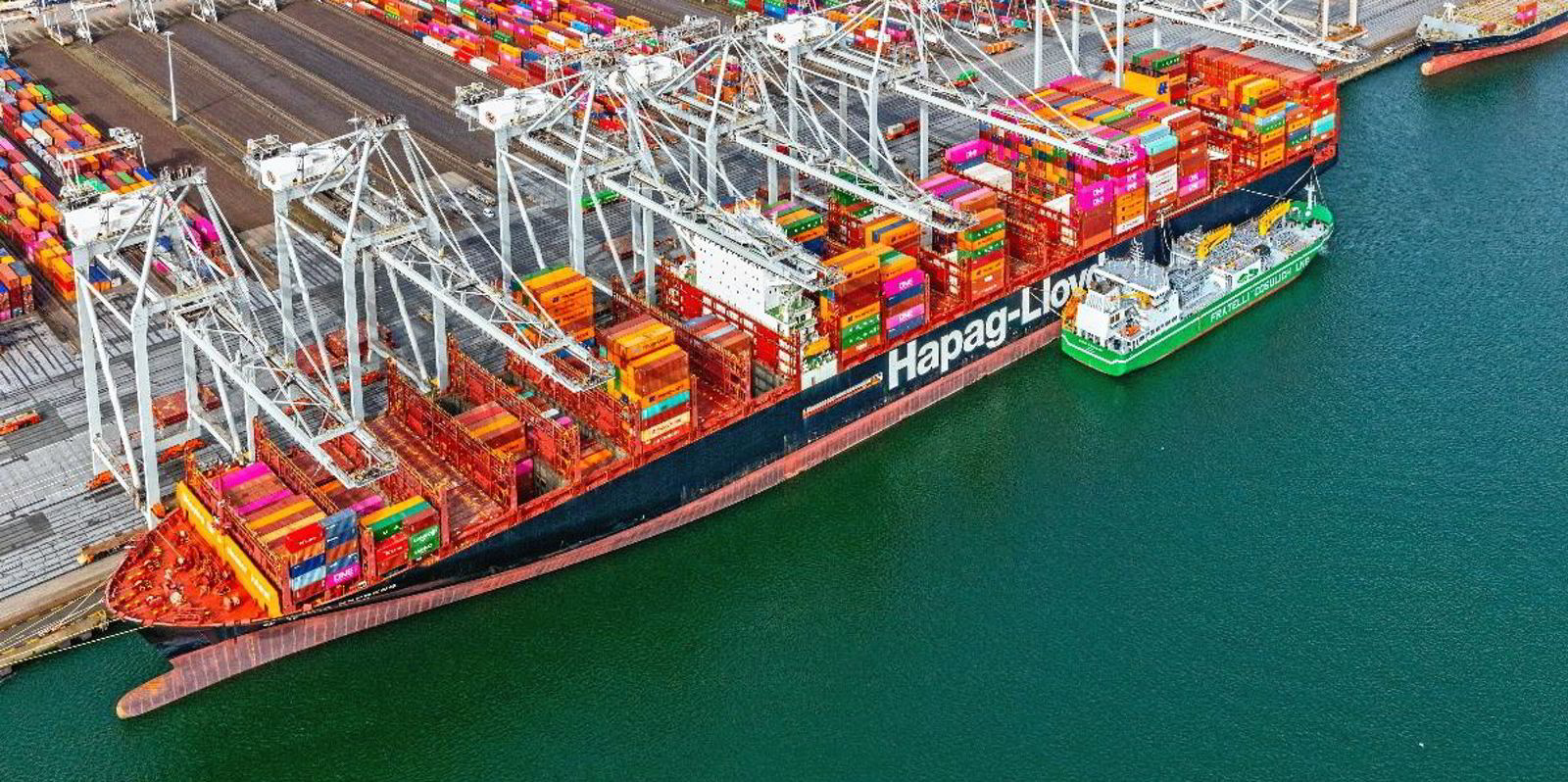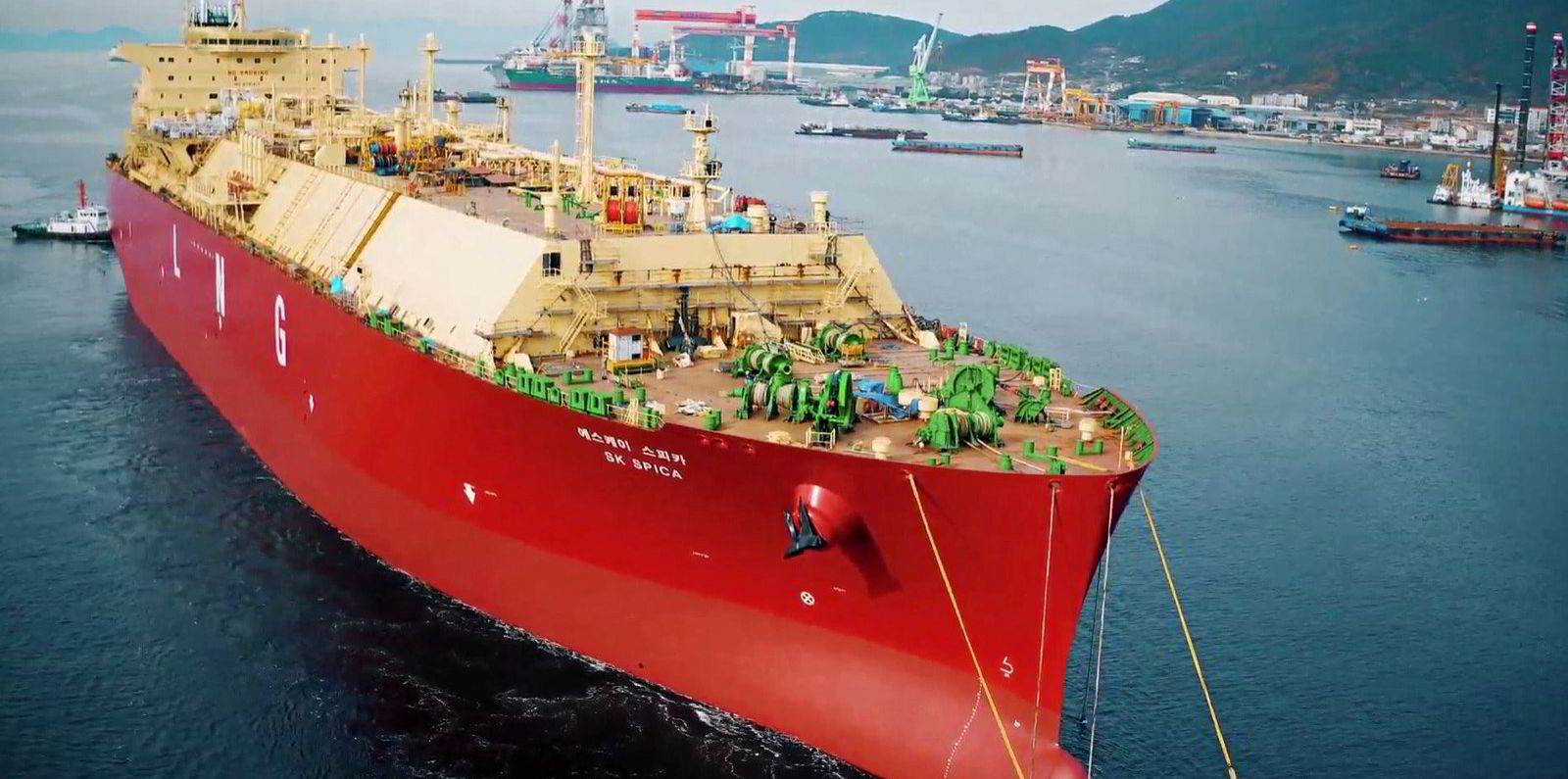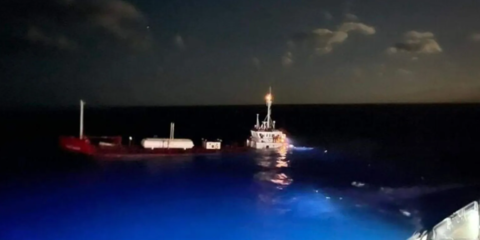As the International Maritime Organization targets net-zero emissions by around 2050 and commits to ensuring the uptake of alternative fuels by 2030, the need for the shipping sector to work together to decarbonise has never been more pronounced.
Although the number of alternative-fuelled ships being ordered has been increasing, fuel-oil ships continue to dominate the newbuilding orderbook.
This trend needs a significant reversal to meet the sector’s net-zero ambitions. Particularly considering a ship’s typical 25-year lifespan, vessels ordered today would be on the water well into 2050.
Cost and compliance
With fuel costs being a major expense in ship operations, shipowners face the challenge of choosing alternative fuels they can afford not just today but in the future while meeting an evolving compliance landscape.
LNG could help tick both boxes. It is a solution that is readily available and more affordable today when compared with other low-carbon products, while also emitting fewer emissions than oil-based products.
It also offers a decarbonisation pathway through bio-LNG and e-LNG, enabling shipowners and operators to set a course for even lower-emission operations.
With bio-LNG produced from renewable biomass, and e-LNG produced from renewable hydrogen, shipping can rely on LNG dual-fuel fleets to support decarbonisation for decades to come.
Part of this comes from the fact that bio-LNG is a drop-in fuel that offers more than 65% greenhouse gas emissions reductions for these ships without requiring vessel modifications. It can also be combined with fossil LNG at any proportion to help meet the target carbon intensity.
If bio-LNG is produced through the anaerobic digestion of unavoidable organic waste, such as manure, the process captures methane emissions that would have otherwise been released into the atmosphere.
Under the European Union’s Renewable Energy Directive II, for instance, these avoided methane emissions can be accounted for as further emission reduction benefits.

Better still, bio-LNG can be scaled up quickly given that LNG supply infrastructure is already available in many bunkering hubs — unlike other fuel pathways that require infrastructure investments. At Shell, we are exploring scalable routes for supplying bio-LNG to customers.
Looking ahead, e-LNG could also present a promising option when renewable hydrogen is available and affordable. Given that 75% of the cost of electro fuels — e-fuels — hinges on renewable hydrogen, the cost of e-fuels is expected to be in a similar range.
The key differentiator could then lie in the cost to bunker the fuels — giving e-LNG an advantage since existing supply infrastructure can be used.
LNG can help decarbonise right now
Before producers can establish bio-LNG’s accessibility, fossil LNG can already be used for immediate reduction.
Among the marine fuels available to shipping at scale today, LNG is the lowest carbon fuel, offering up to 23% less greenhouse gas emissions on a well-to-wake basis depending on engine type when compared with fuel oil.
LNG can help ships meet regulations up to 2035 under FuelEU Maritime initiatives depending on engine type and ship design, providing a decade for bio-LNG to be ramped up.
Not only that, LNG outperforms conventional marine fuels in air pollutants, with minimal sulphur oxides and particulate matter while nitrogen oxide emissions can be reduced or be similar depending on engine type and can help meet the IMO’s Tier III emissions without after-treatment solutions.
Methane emissions must be addressed
There is no silver bullet for decarbonising shipping. Nor can the industry afford to wait for the perfect solution to arrive.
Progress must be prioritised, with the industry working together to overcome the challenges that exist around promising solutions such as LNG. Methane emissions fall into this category.
Methane is a potent greenhouse gas when released into the atmosphere. When LNG is burnt as a fuel on ships, some methane may remain unburnt and escape into the atmosphere. This is known as methane slip.
Eliminating methane slip is, therefore, of the utmost importance to maximise LNG’s fullest potential in decarbonising shipping.
Today, LNG engines such as the two-stroke diesel-cycle high-pressure engines that can reduce methane slip to negligible levels represent around half the LNG-fuelled newbuilding orderbook.
As the urgency of the energy transition escalates, the LNG decarbonisation pathway remains crucial in harder-to-abate sectors like shipping. Its adaptability to the evolving regulatory landscape gives it a pivotal role in the energy transition.
Tahir Faruqui is the general manager and global head of downstream LNG at Shell.(Copyright)





